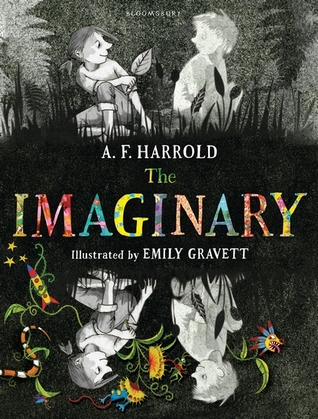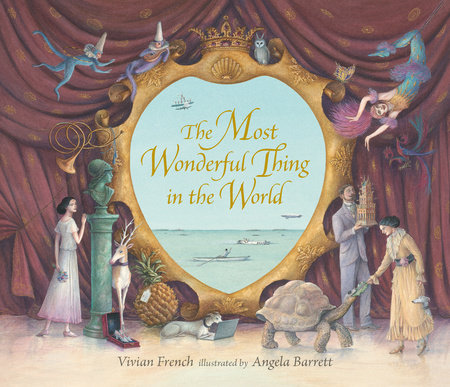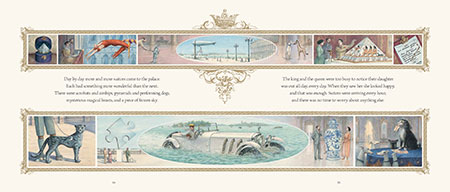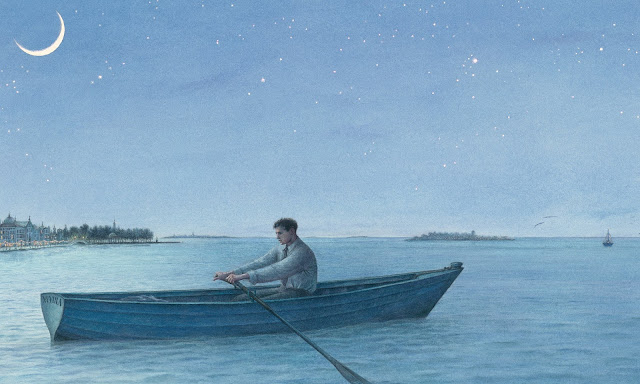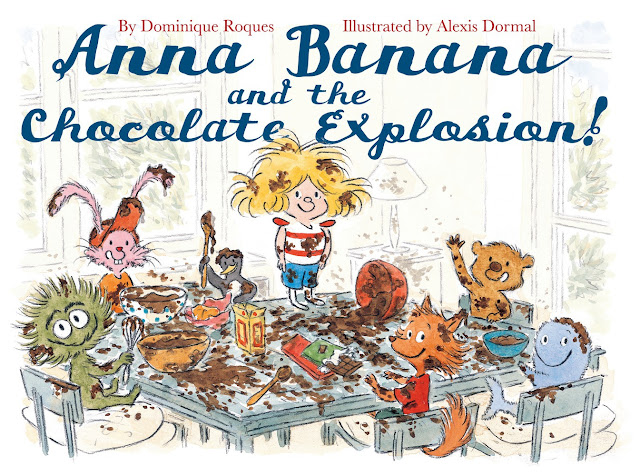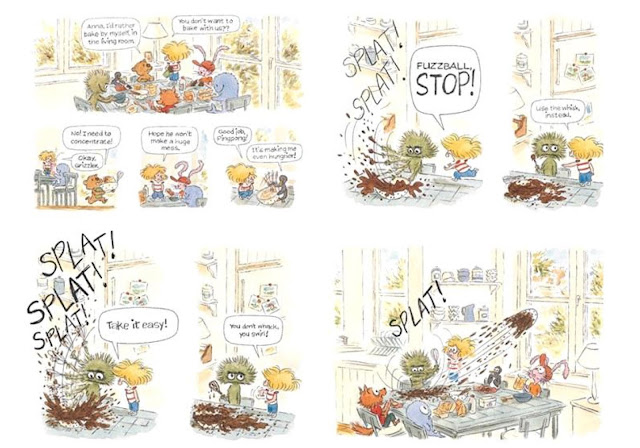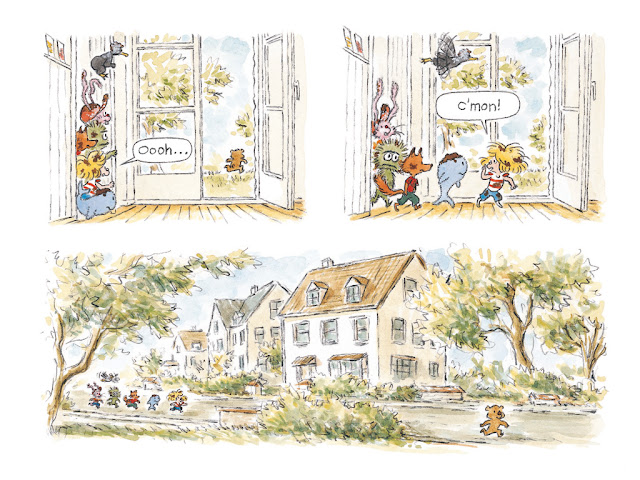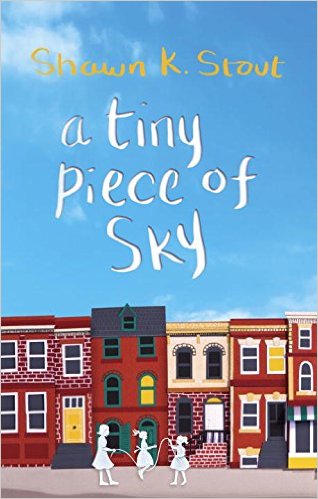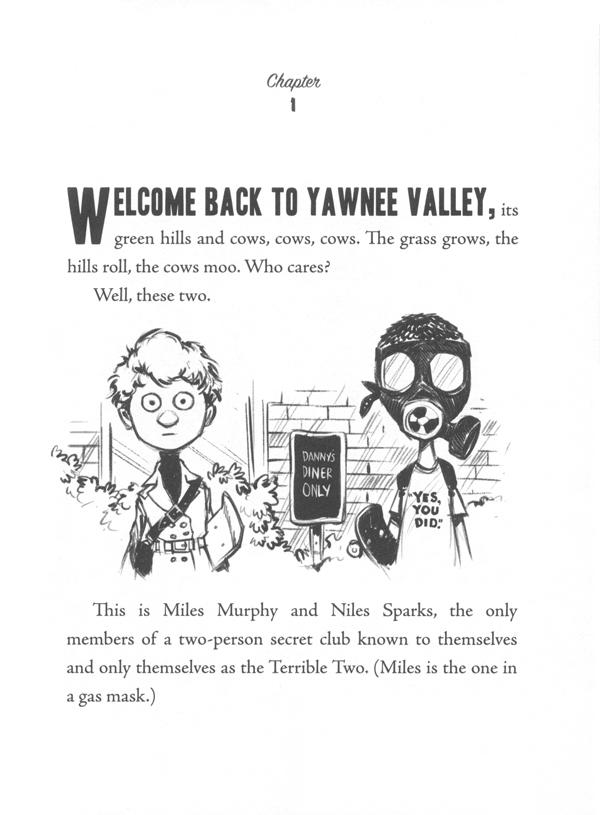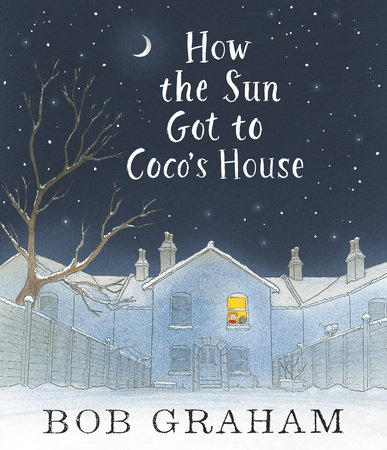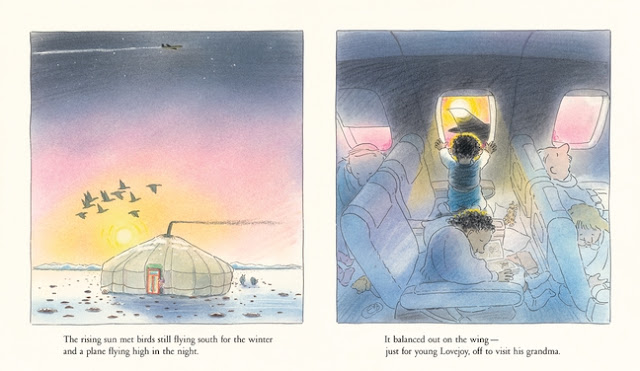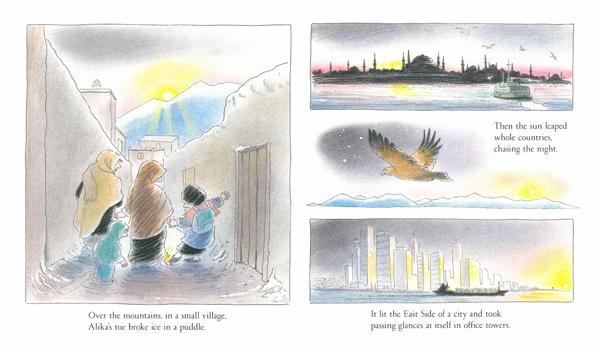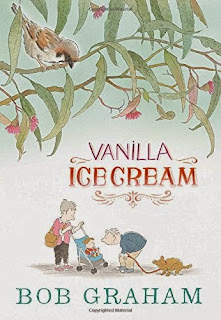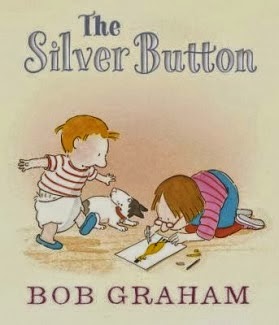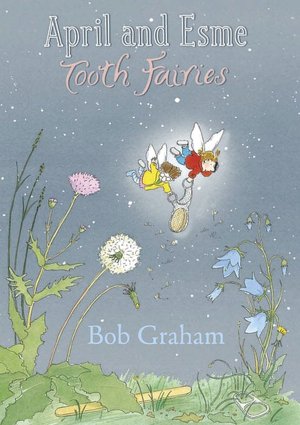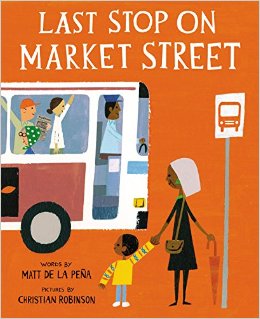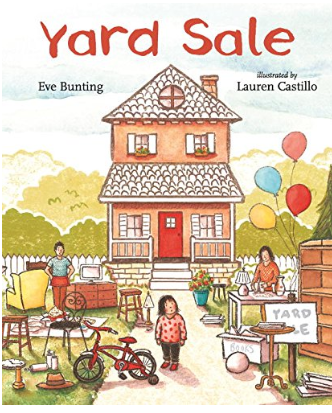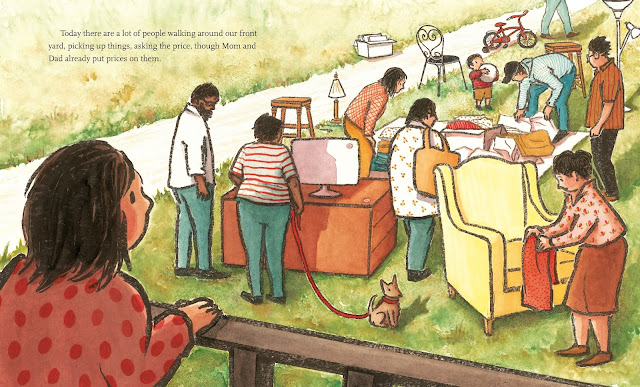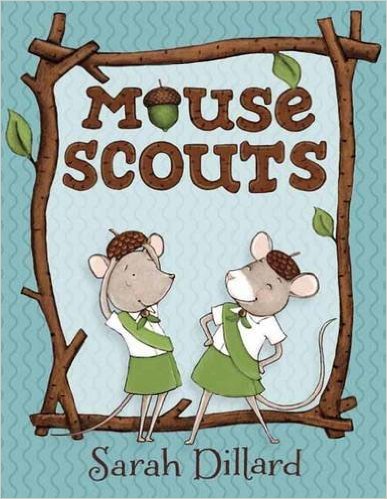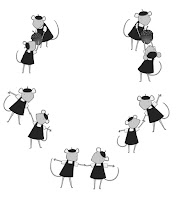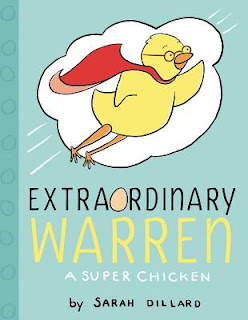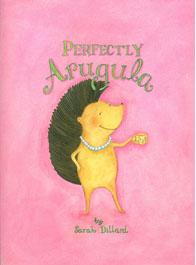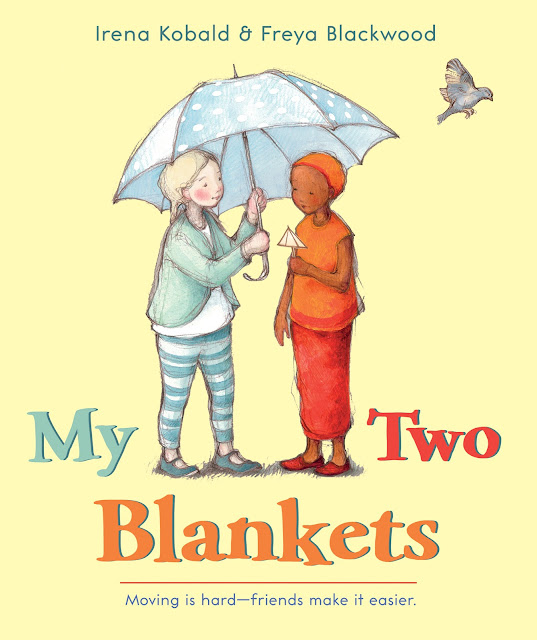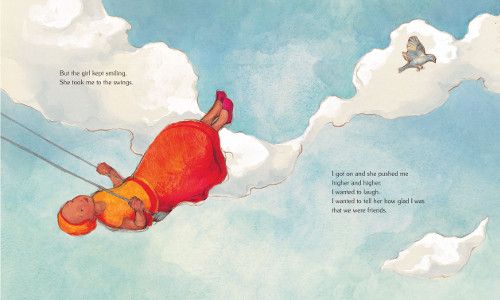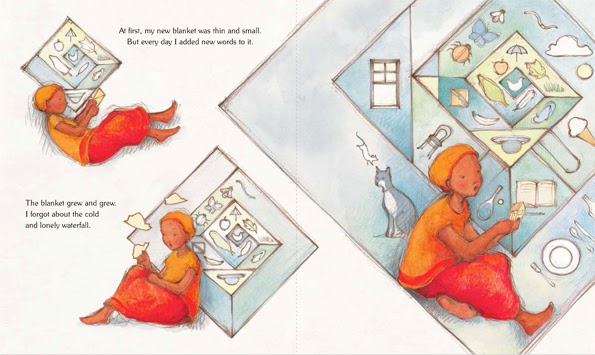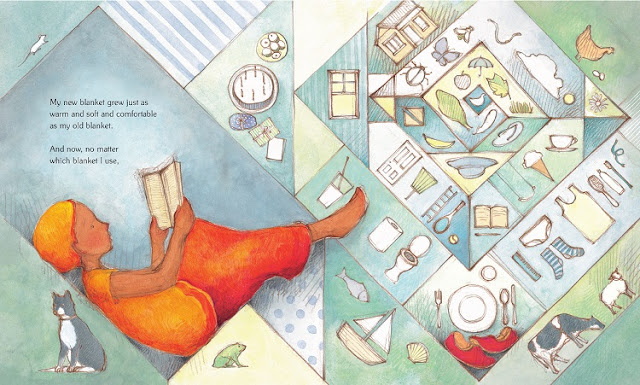I had never heard of the British author and poet A. F. Harrold before I encountered The Imaginary at a bookstore just before Christmas but I was definitely familiar with illustrator Emily Gravett, a longtime favorite of mine (read my reviews of her picture books here.) Gravett's playful, detailed style is perfectly paired with Harrold's engrossing, creative, slightly creepy story of a girl, her imaginary friend and the fiend who is trying to eat him, making The Imaginary a truly stand out book.
Amanda Primrose Shuffleup has an incredible imagination. And, when she opens up her wardrobe door one rainy evening to hang up her wet coat and finds a boy named Rudger, her imaginary world gets even bigger. From landing a spaceship of alien planets (the thorn bushes in the backyard) to a hot air balloon that lands them in the "sticky, steamy South American jungle" to a "complex of caves, deep and dark, that stretched out for unknown miles underneath the stairs," Amanda and Rudger go everywhere and do everything together. And Amanda's mother, while she can't see Rudger, is perfectly accommodating, serving him bowls of cereal and making room for him in the backseat of the car. And, while Amanda can be careless with Rudger's feelings from time to time and very self-absorbed, Rudger wouldn't want to be anywhere else.
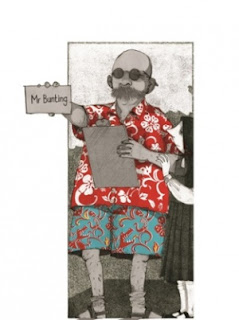 Rudger - and Amanda's - worlds are turned upside down when Mr. Bunting arrives at the front door, claiming to be conducting a survey about, "Britain today. And children." His strange behavior is disconcerting enough, but what's more disturbing is the fact that he has a miserable looking girl with him who can see Rudger. Mr. Bunting and his gloomy imaginary friend are after something, and they seem to turn up everywhere Amanda and Rudger go until their relentless pursuit puts Amanda in the hospital and Rudger Fading from existence and in a strange kind of imaginary friend limbo.
Rudger - and Amanda's - worlds are turned upside down when Mr. Bunting arrives at the front door, claiming to be conducting a survey about, "Britain today. And children." His strange behavior is disconcerting enough, but what's more disturbing is the fact that he has a miserable looking girl with him who can see Rudger. Mr. Bunting and his gloomy imaginary friend are after something, and they seem to turn up everywhere Amanda and Rudger go until their relentless pursuit puts Amanda in the hospital and Rudger Fading from existence and in a strange kind of imaginary friend limbo.
 This limbo, which the imaginaries call the Agency, is housed in a library - the one place with enough imaginings housed inside of it to keep the imaginaries alive until they can find a new human. Rudger makes a few missteps before he figures out how to get to Amanda and save her and himself, but not before a very harrowing, sinister battle in Amanda's hospital room. It turns out that Mr. Bunting can only be fed by the, "slick, slippery slither of fresh imaginary." For Mr. Bunting, just as "imaginaries needed t be believed in to go on, so he needed to eat that belief to keep himself going." Not since I read Neil Gaiman's Coraline and the Other Mother, have I been so creeped out by a character in a book.
This limbo, which the imaginaries call the Agency, is housed in a library - the one place with enough imaginings housed inside of it to keep the imaginaries alive until they can find a new human. Rudger makes a few missteps before he figures out how to get to Amanda and save her and himself, but not before a very harrowing, sinister battle in Amanda's hospital room. It turns out that Mr. Bunting can only be fed by the, "slick, slippery slither of fresh imaginary." For Mr. Bunting, just as "imaginaries needed t be believed in to go on, so he needed to eat that belief to keep himself going." Not since I read Neil Gaiman's Coraline and the Other Mother, have I been so creeped out by a character in a book.
The Imaginary is an absolutely fantastic, unforgettable book. Harrold's writing is superb and the rules by which the imaginary friends exist and cease to exist make sense. He creates a world immediately and efficiently - there is no part of The Imaginary that I felt could have been edited down, which is not the case with most books I read. Harrold is also gifted at capturing the way children think and talk. There is an especially fascinating and funny turn in the book where Rudger, in his efforts to get to Amanda, takes on the job of being the imaginary friend to her classmate, Julia Radiche. However, since Julia is doing the imagining, Rudger is now Veronica, who needs to get used to wearing a dress and having long hair. Emily Gravett's illustrations, which are black and white, mostly, with perfect pops of color here and there, bring to life Harrold's writing in a way that makes this book all the more memorable.
 And did I mention what a beautiful book The Imaginary is? From the slightly smaller trim size to the fantastic endpapers to the thick pages, this book calls out to be picked up and enjoyed!
And did I mention what a beautiful book The Imaginary is? From the slightly smaller trim size to the fantastic endpapers to the thick pages, this book calls out to be picked up and enjoyed!
Originally published in the UK in 2014, The Imaginary is newly out in paperback there with this intriguing new cover!
Source: Purchased
